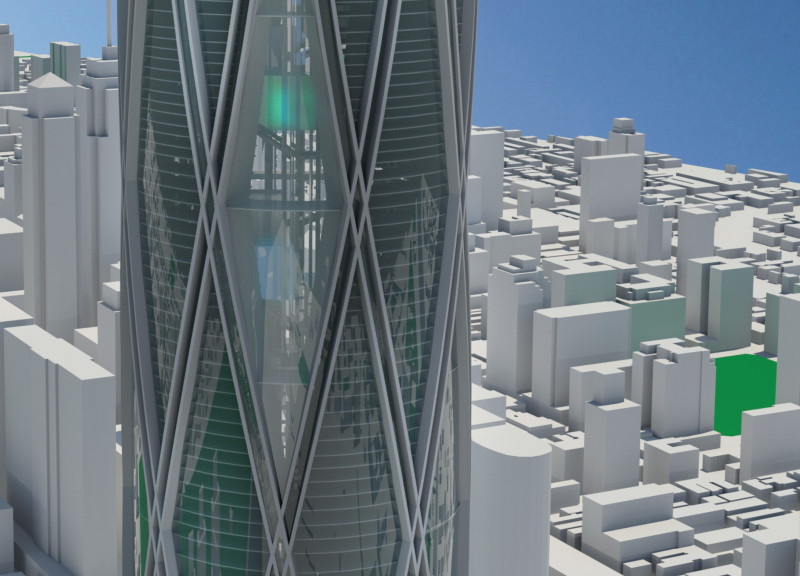5 key facts about this project
The design concept is rooted in the context of its geographical location, which informs not only the choice of materials but also the overall design philosophy. The integration of local vernacular architecture with modern techniques is a notable feature of this project. By doing so, the architect has created a building that resonates with its surroundings while meeting the practical needs of its users. The building complements the landscape, enhancing the visual continuity of its locale through careful consideration of scale, proportions, and materials.
Functionality is a cornerstone of this design. The project incorporates a variety of spaces tailored to serve different activities, whether they be collaborative workspaces, gathering areas, or quiet zones for individual reflection. The design facilitates a fluid movement throughout the building, allowing for an effortless transition from one area to another. This seamless connectivity encourages interaction among users, promoting a sense of community and collaboration.
Materials play a critical role in the project's success. A carefully curated palette includes materials such as timber, concrete, glass, and steel. The use of timber introduces warmth and a natural quality that enhances the user experience, while concrete provides structural integrity and durability. Glass elements foster transparency, connecting interior spaces with the outside and inviting natural light to permeate various areas of the building. Steel components, employed in structural and decorative elements, contribute to the modern aesthetic while ensuring resilience and stability.
Unique design approaches are evident throughout the project. One aspect that stands out is the incorporation of green roofing and landscaping. This not only contributes to the building's environmental sustainability but also creates visual appeal, transforming what could be a stark structure into a harmonious part of the ecosystem. Furthermore, the project implements energy-efficient technologies, reducing its carbon footprint and promoting a sustainable way of living and working.
The architectural plans reflect meticulous attention to detail, with careful consideration given to how each space contributes to the overall experience of the building. Architectural sections provide valuable insight into the vertical organization of spaces, showcasing how light and air flow through the structure. These diagrams reveal how height and volume are utilized to create an inviting atmosphere that encourages the use of natural ventilation and daylighting.
In summary, this architectural project is not simply a physical structure but a manifestation of ideas that promote community, sustainability, and functionality. The design is embedded with principles that respect the environment and celebrate its context while providing a versatile environment for its users. The uniqueness of this project lies in its ability to harmonize modern architectural language with local influences, creating a structure that is both relevant and respectful of its surroundings. For those interested in delving deeper into the nuances of this project, examining the architectural plans, sections, and designs will offer a more comprehensive understanding of its concepts and execution.


























